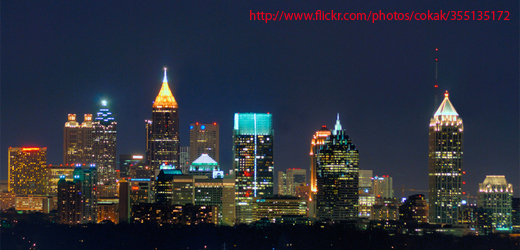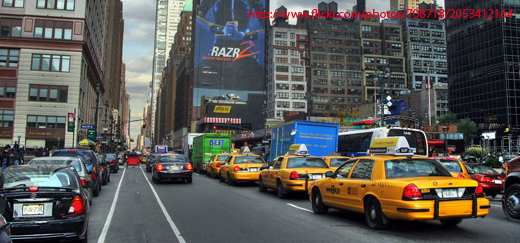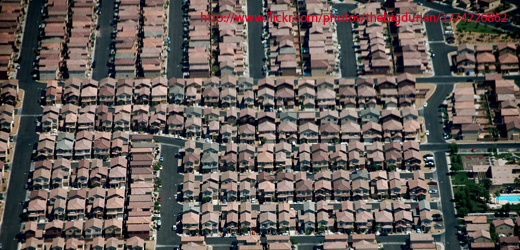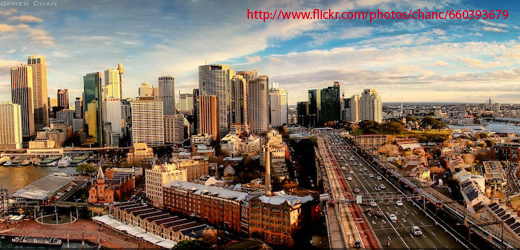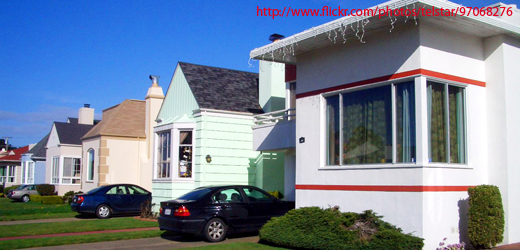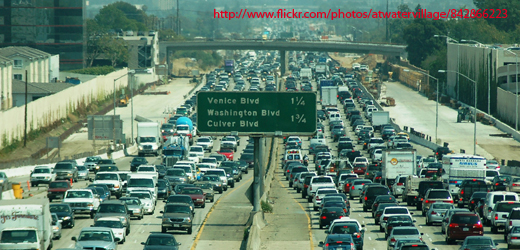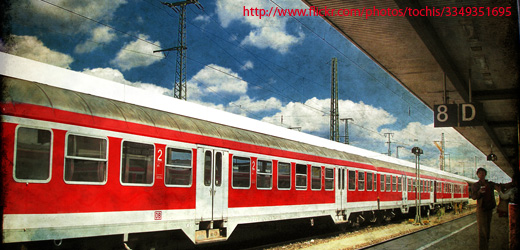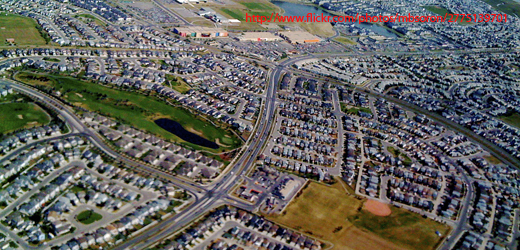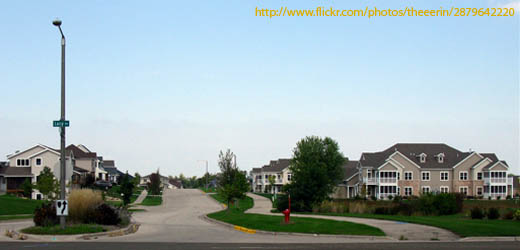For those that need to get across campus quickly, the Stinger, Stingerette, and Tech Trolley are public transportation options. Not only do these mass transport vehicles offer a convenient mode of transportation, they reduce the volume of green house gases that might otherwise be produced by cars. As a result of the reduction of personal vehicles, parking lots are a rare sight. Circulating around campus every ten to fifteen minutes, they are a reliable and efficient service.
Another design characteristic of campus is the close proximity of vital resources. Classes, restaurants, and activities are all within walking distance. This fosters a more cohesive community because cars are not required. This results in fewer streets and more green space. These areas encourage people to congregate and become involved with the community. Consequently, this also deters criminal activity and improves the security of campus.
The sense of community may be strong because the absence of noisy vehicles and abundance of green spaces, but Tech is also home to a many cultures. A large percentage of students come from other countries and add to the cultural diversity. In addition, there are several cultural groups that encourage others to join and learn about their backgrounds. Amongst the many cultural groups, Tech encourages numerous interests. Whether you’re interested in swimming, math, or robotics, there is a club for it.
Overall, Georgia Tech reflects many of the qualities of an ideal community as described in Suburban Nation. Excellent walkability, public transportation, and diversity are just a few of the features of Tech that make it a wonderful community.
-Kevin
Andres Duany, Elizabeth Plater-Zyberk, and Jeff Speck, authors of Suburan Nation claim that most of the failure of the modern suburb is accountable of the automobile. I felt that the authors concentrated greatly upon how the automobile came to dominate in such a ridiculous and even comical degree in America. However, if this is true, then the spread of sprawl will just be an after-thought after oil supplies run low. In my last blog, I evaluated James Kunstler’s argument regarding the connection between oil and suburban sprawl. After reading Suburban Nation, I have noticed a pattern of development that has resulted in rampant sprawl.
Wider roads, new highways, and acres of parking lots all encourage the notion of America as an asphalt nation. While wider roads may promote speeding and make a community feel less cohesive, it also fosters the theory that our communities are built around transportation. The corners of intersections have even been made wider to accommodate for colossal fire trucks that are unnecessary in a suburb because no building is over two stories. Unfortunately, this reduces the safety of pedestrians who now have to make a one hundred foot walk to cross a street that could be sixty feet shorter. This is a result of the decisions made by governments, developers, and citizens that aspire for opposing values. Wider corners may quicken the travel of fire trucks, police cars, and ambulances, but while these vehicles serve to protect the public, the ways they affect the walkability of public areas endangers citizens as well.
This book articulated some of the frustrations associated with living in a city, but with the way that the American infrastructure has been developed, our dependence on automobiles does not seem to be leaving any time soon. Unless…James Kuntler’s prediction comes true, in which case, we may all be in trouble.
-Kevin

